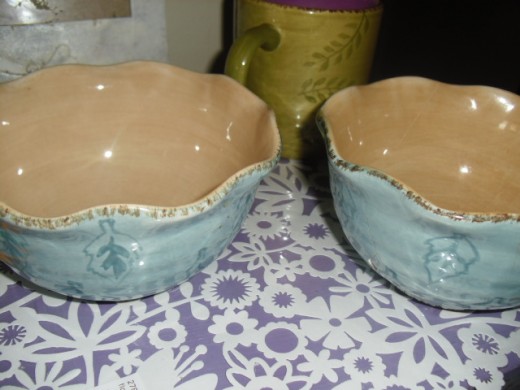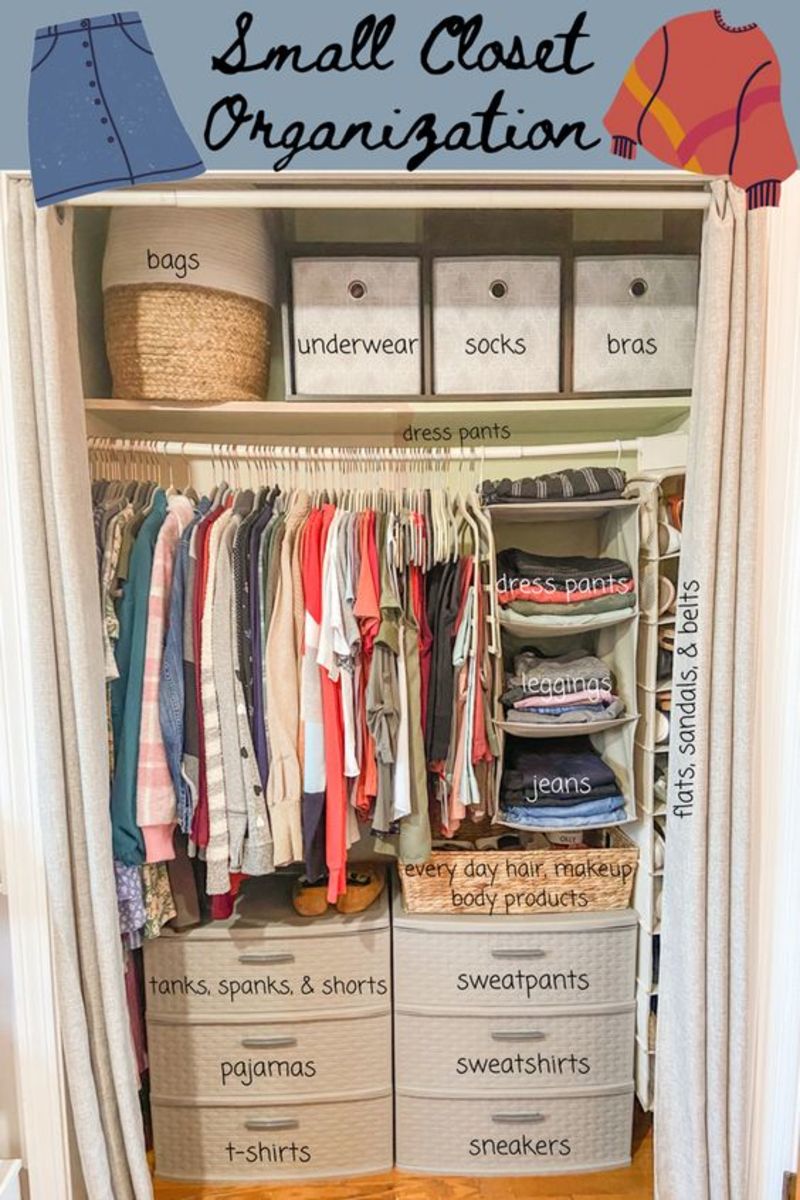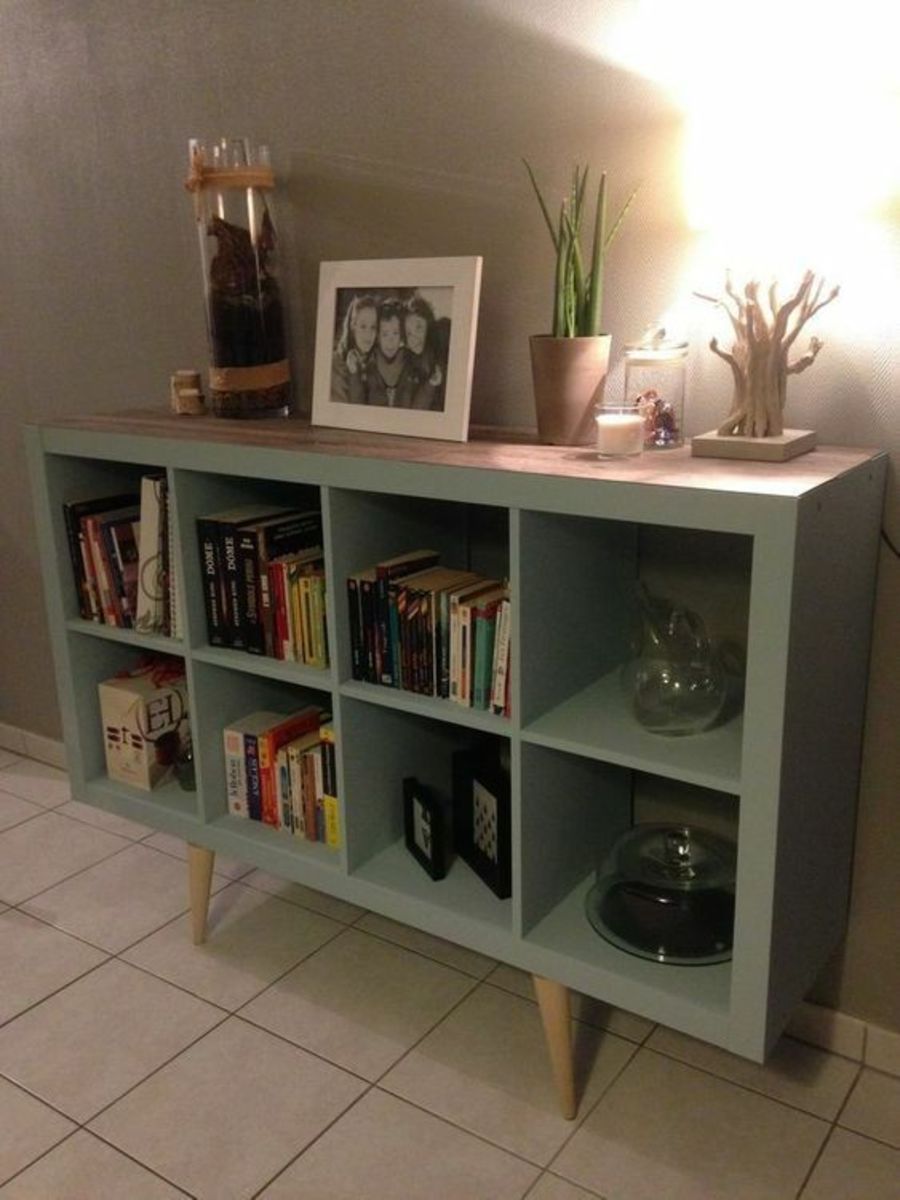Fixing a (Really) Broken Bowl
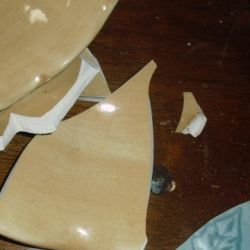
When It's Not Just a Chip
I can rebuild it. I have the technology. No, I am not talking about creating the first bionic bowl. I am not that talented. But I can make a ceramic bowl more or less whole again.
To backtrack: I bought two matching hand painted bowls at the thrift store months back. One fell and shattered into quite a few pieces.
I saved every piece that was big enough to see and handle. Then I went online to research the best glue for putting bowls back together. I bought some Elmer's china cement, along with some cheap masking tape.
Most pieces were salvaged, though a few bitty chips might have gotten away. The glue, it turns out, works well. The crockery will not be unblemished, but it is beginning to look more like a bowl again.
Images by the author of the page
The 'Technology' - Gathering Materials
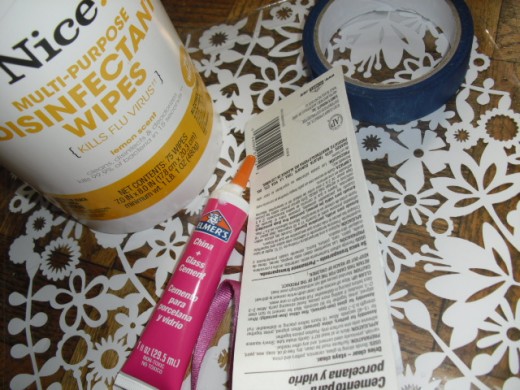





Gluing the Pieces Together
One of the big challenges, for me personally, was conceptualization: figuring out which 'triangle' went where and which way to position it to fit. It may have taken half a dozen tries (or more) to figure out where some of those pieces fit. My mind doesn't rotate objects, but my hands do. It can be best to concentrate on one piece at a time, starting with a big one.
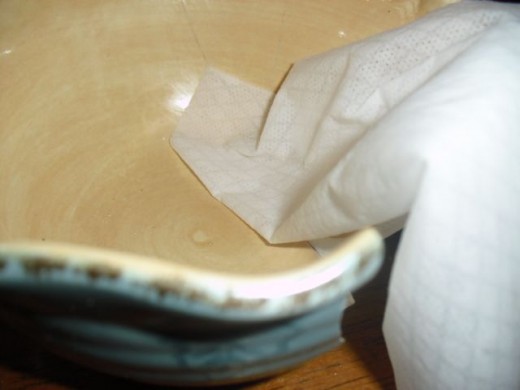
Instructions:
1. I thought it would be a good idea to begin with a couple large pieces, and go from there. I began, as per package instructions, with clean pieces.
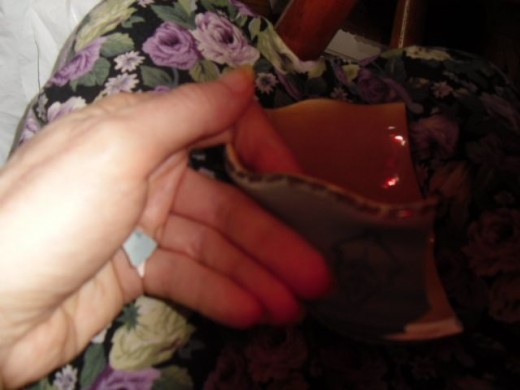
2. I drizzled glue on just one side of the two pieces that I would be joining together. The cement is runny - I tried to use as little as possible.
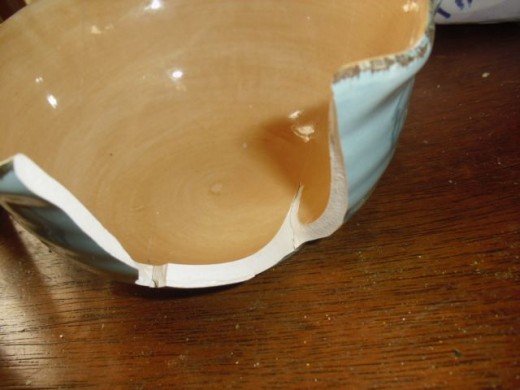
3. Here I have two little pieces resting in place -- not yet cemented -- and I am studying them. It's like a test fitting. One thing I learned the hard way: Don't put two pieces together in a way that leaves an obvious in-curve or missing piece. It may be very hard to get that missing jigsaw piece to fit inside the crevice. As tempting as it is to start gluing when two edges match... it may not be time yet.
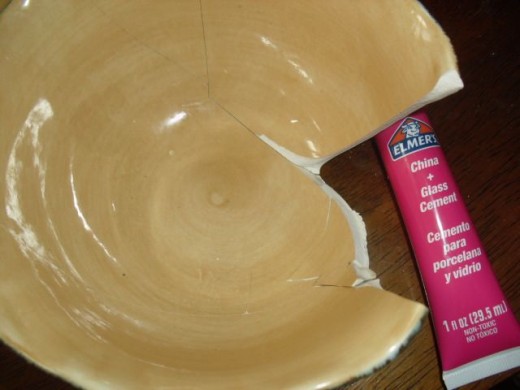
4. Another lesson I learned: It's a good idea to hold the bowl in my hand -- yes, it's strong enough -- as I am pressing in petite pieces. I think it's good to hold it in such a way that I can see and feel the outside contour of the bowl with one hand as I am pressing it in; I can ask myself if it feels smooth. Pottery is an art for the hands, even the second time around. (So don't keep that in-process' bowl or vase at arm's length and touch it only with nozzle and fingertips. Crooning, "That's a good bowl," is optional, but some say it helps them bond better.)
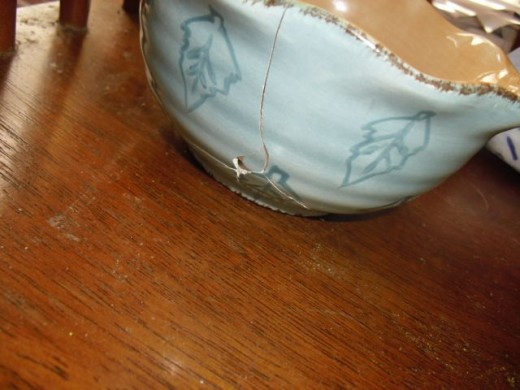
5. As I neared completion, I knew there would be some bitty chips. I believe it is possible to carry the repair further, but this pottery is ready for posing.
The Glue for the Job: Ceramic Cement - Elmer's China and Glass
This glue is designed to repair pottery, including dishes you eat off of. My verdict, after piecing together a patchwork bowl: Good stuff!
There were reviewers who gave the glue a low rating because the pieces didn't adhere as quickly as the package indicated they would. I hadn't been concerned about whether the hold would be super-quick. I had prepared myself (I thought) by buying masking tape to hold the pieces together as the cement set.
The masking tape was not as crucial as I expected. What I was putting together was porous, and the pieces went together quickly. There were a couple times when, shortly after pressing together, I wished I could shift the pieces just a hair, but, whoopsy, they were already putting up resistance to being separated.
Things I gleaned from reading other reviews: This stuff might adhere better if you use a little, not a lot. (Drench your pieces with glue-liquid, and it may take a while.)
It's good to use a light touch because the liquid does flow! You probably don't want to squeeze continually -- give a squeeze and then use your nozzle to spread the fluid around.

The Smallest Piece I Managed to Salvage
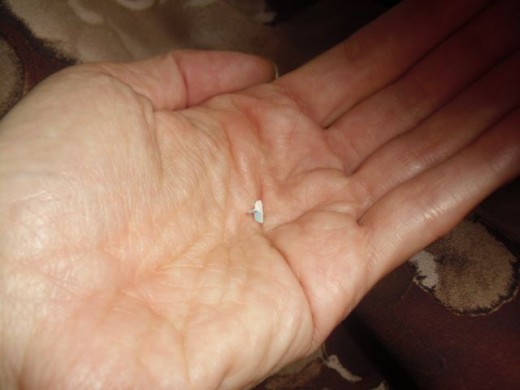
Some Thoughts on Masking Tape
Masking tape can be handy for things that don't set instantaneously.
I bought my masking tape from the dollar store. I decided to go with the blue dollar store tape that could also double as painting tape. It was not a good idea to try to use that particular tape for pottery repair. It has a texture a bit like crepe paper. On a shiny, glazed surface it didn't adhere much more effectively than crepe paper would. It was uncurling itself even as I tried to press it down.
I'm thinking it might be a good idea to go with a name brand... and a more standard masking tape. One of the reviewers said this 'smelled, looked, and acted' like tape. That sounds promising...
Post-Op Photo Shoot
Post-Operative Bowl Posing with Twin (And Another Peer from Pottery-Land)
For the time being, the bowl I glued back together is more a dish to look at than one to use. There were so many little pieces. I didn't manage to get everything smooth and crack-free. (That's only partly a matter of technique. You can't glue dust in place.)
It may well be possible to seal off the cracks and bitty chips. I think that further reconstructive surgery will require another purchase. As it is, those crevices would easily harbor bacteria. (Also, the soup could leak.)
Still, don't those dishes look cheery together?
